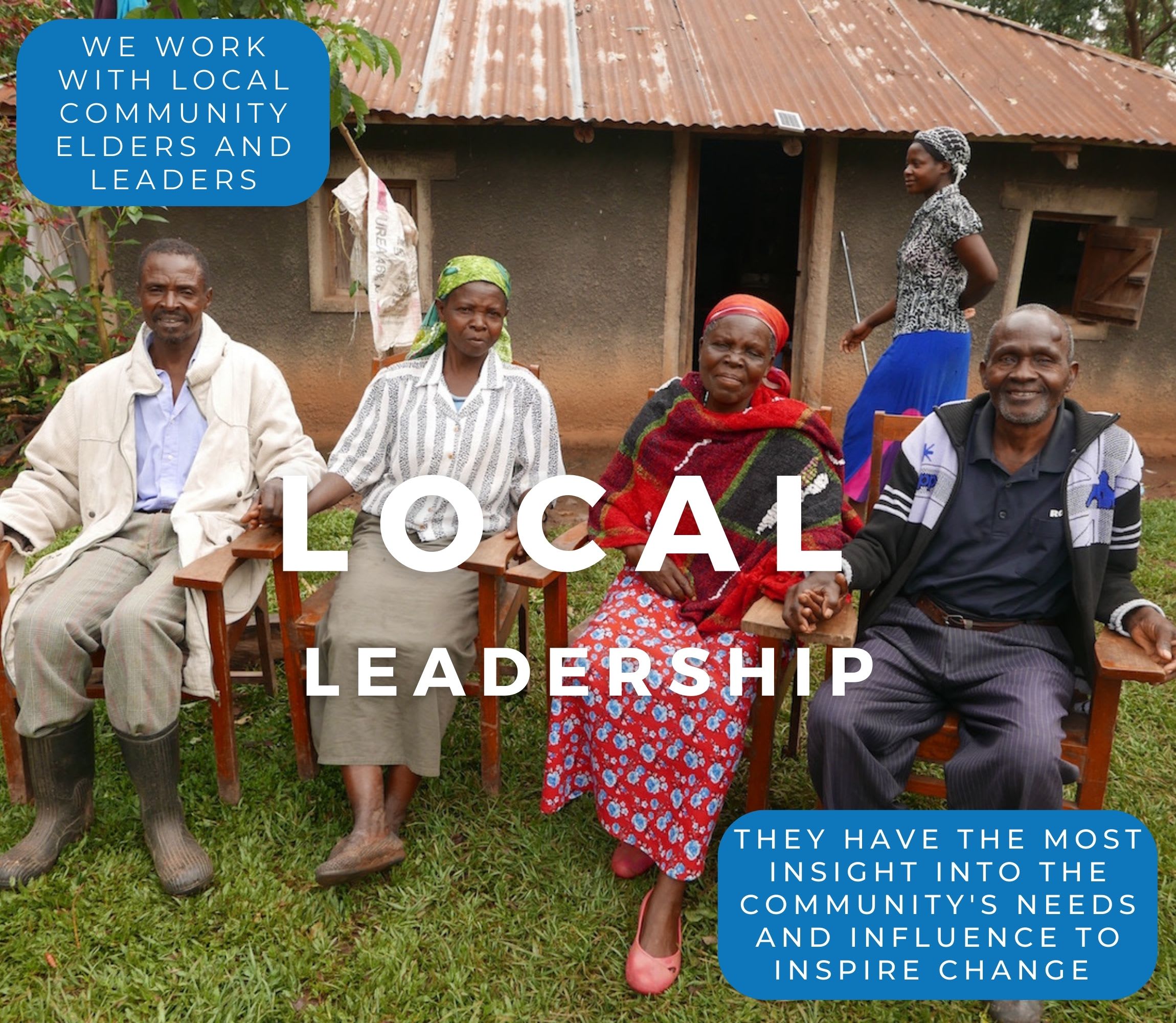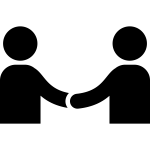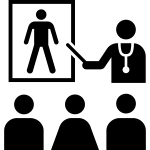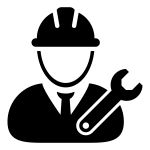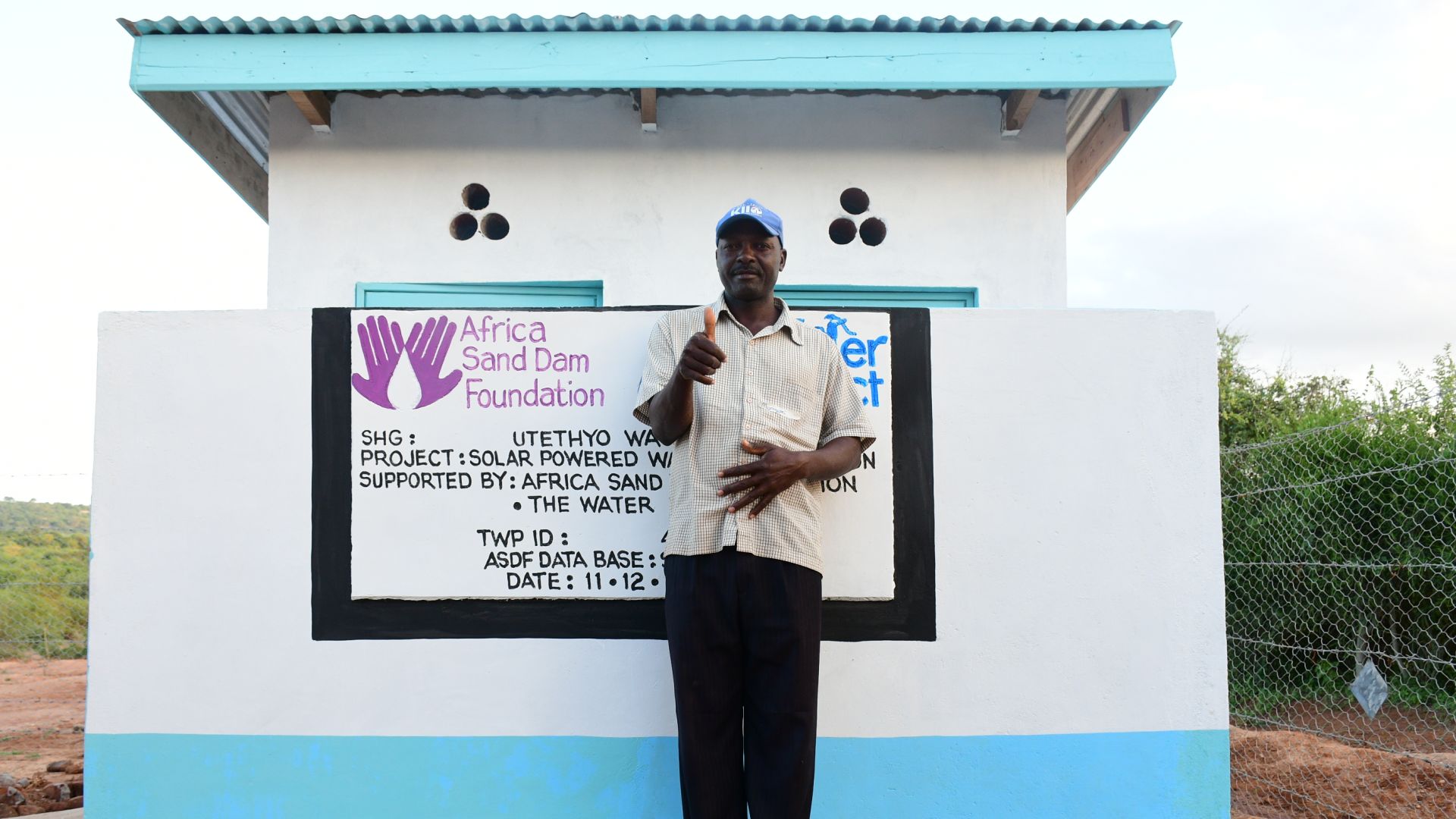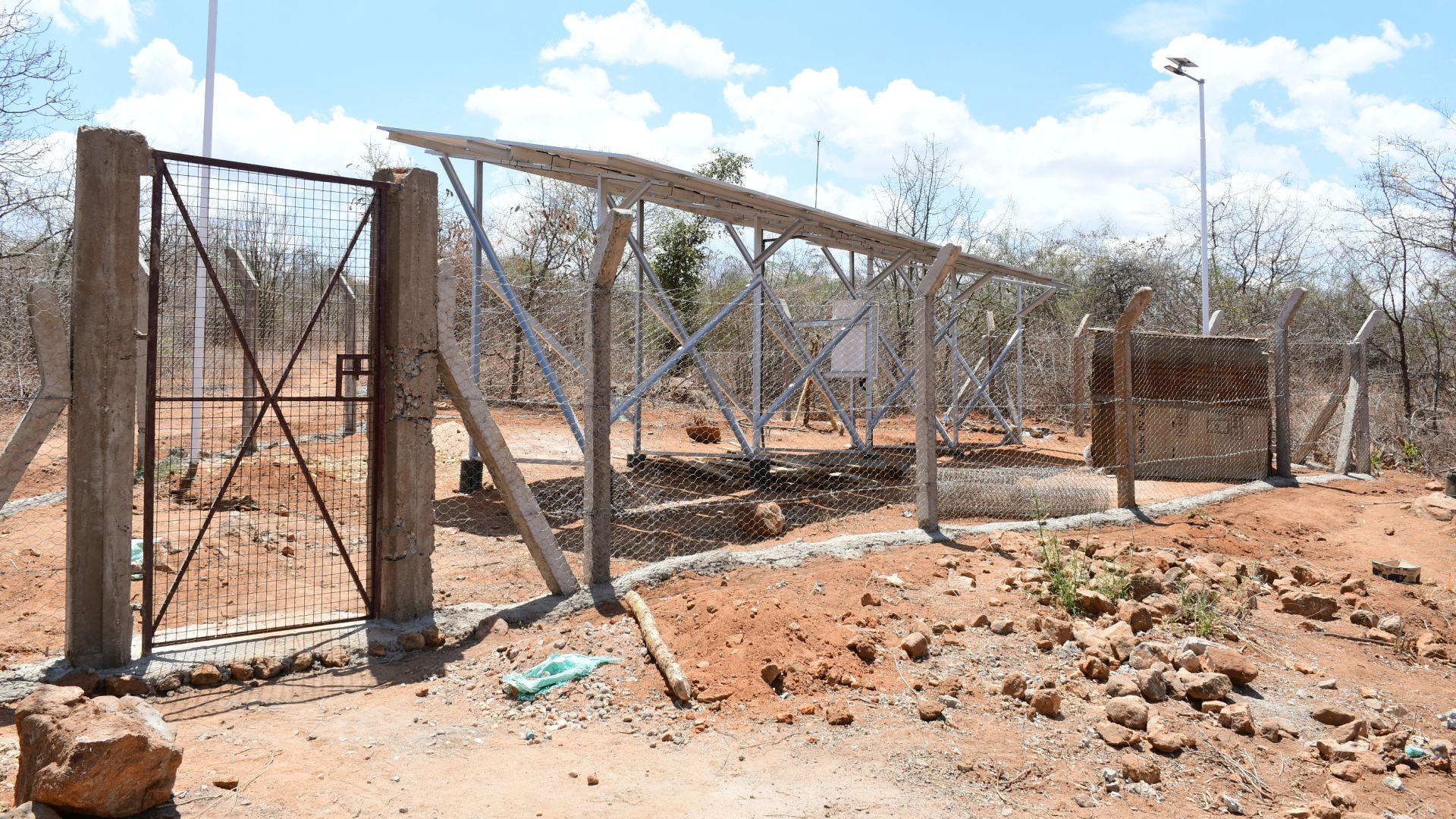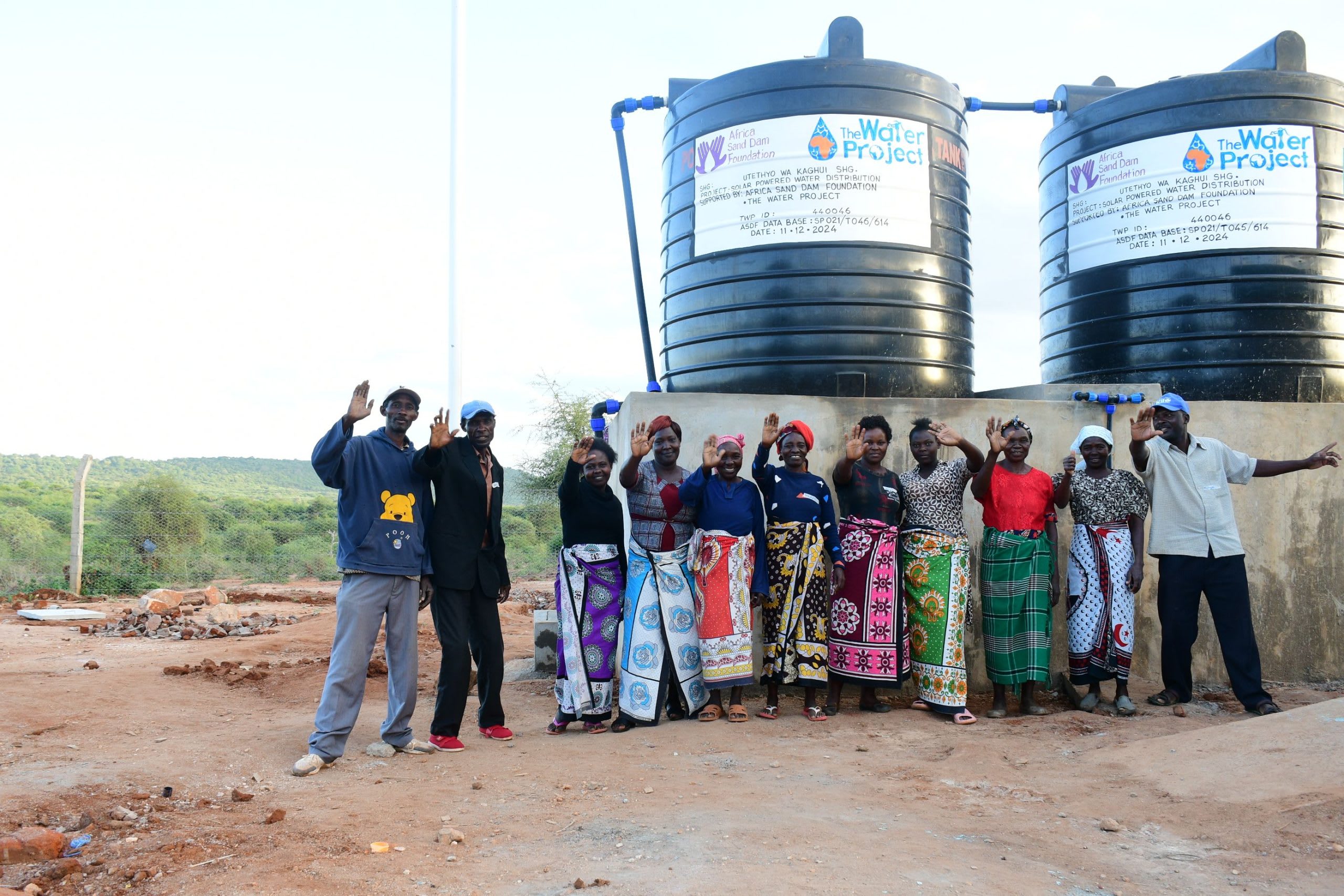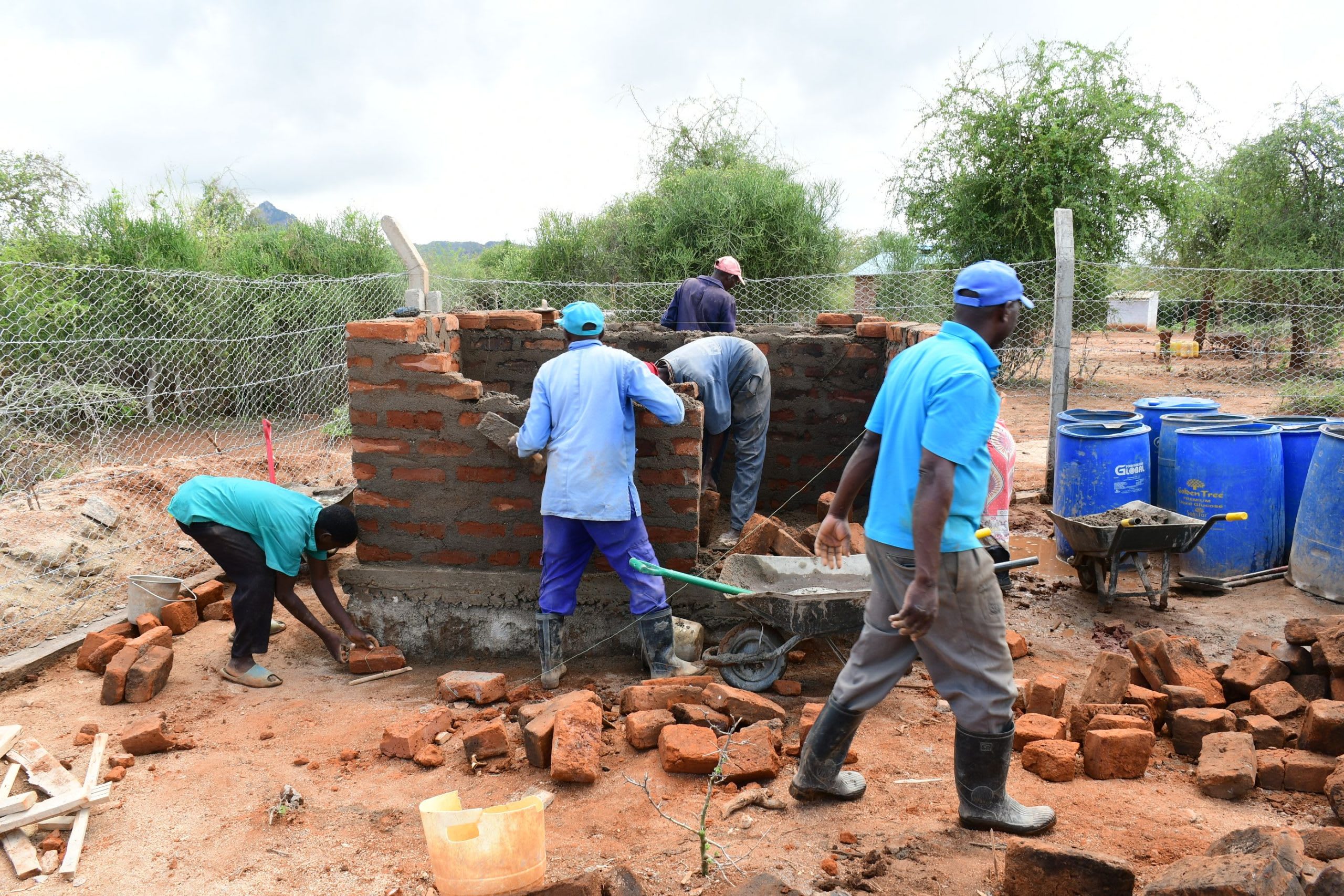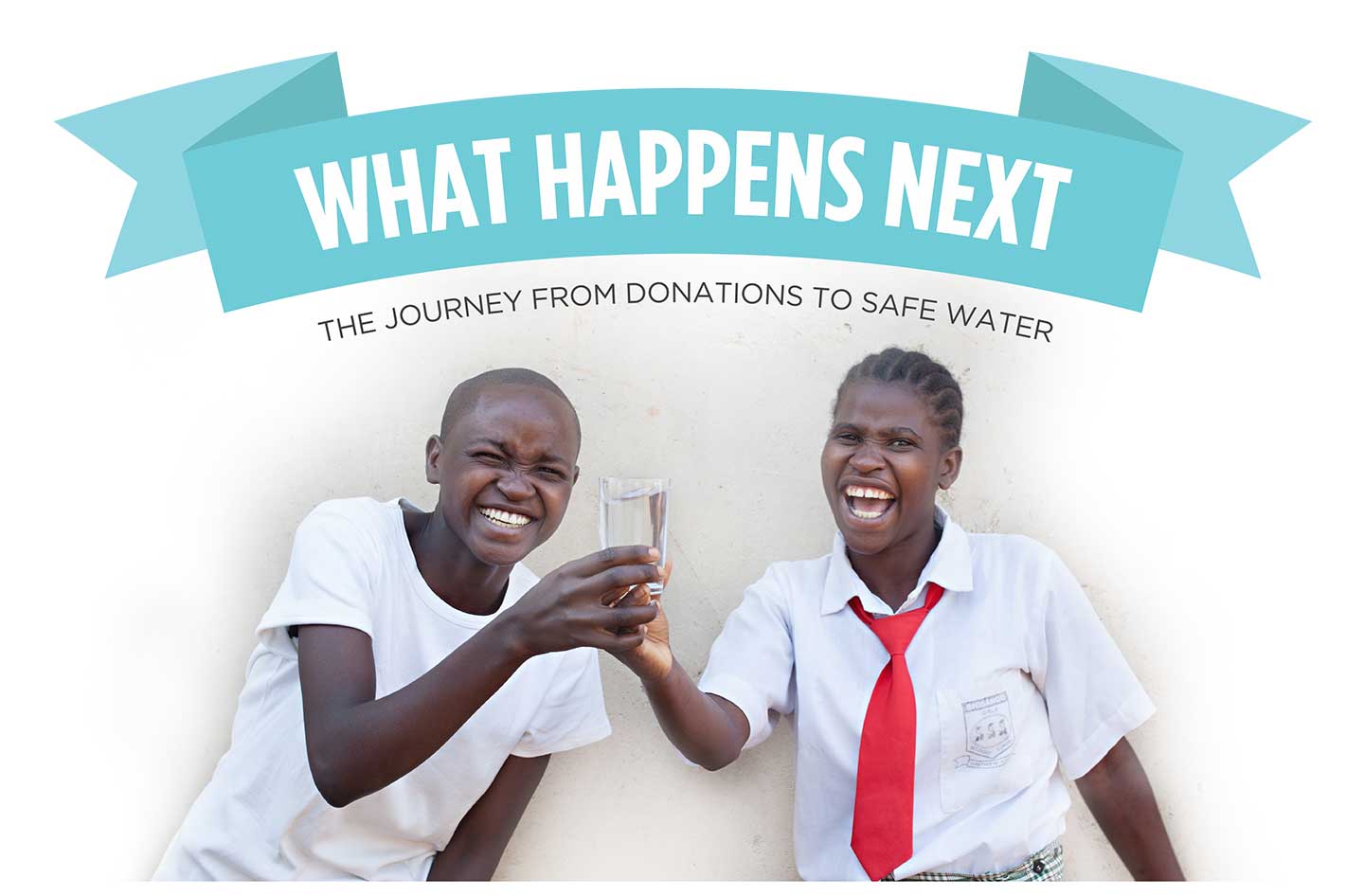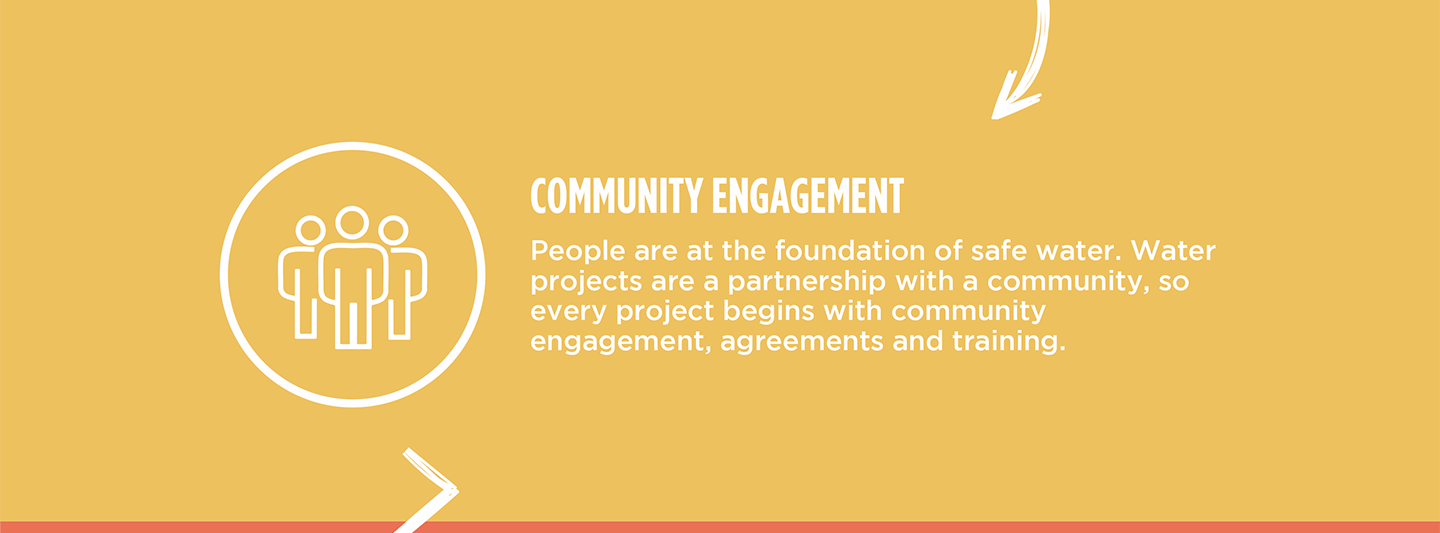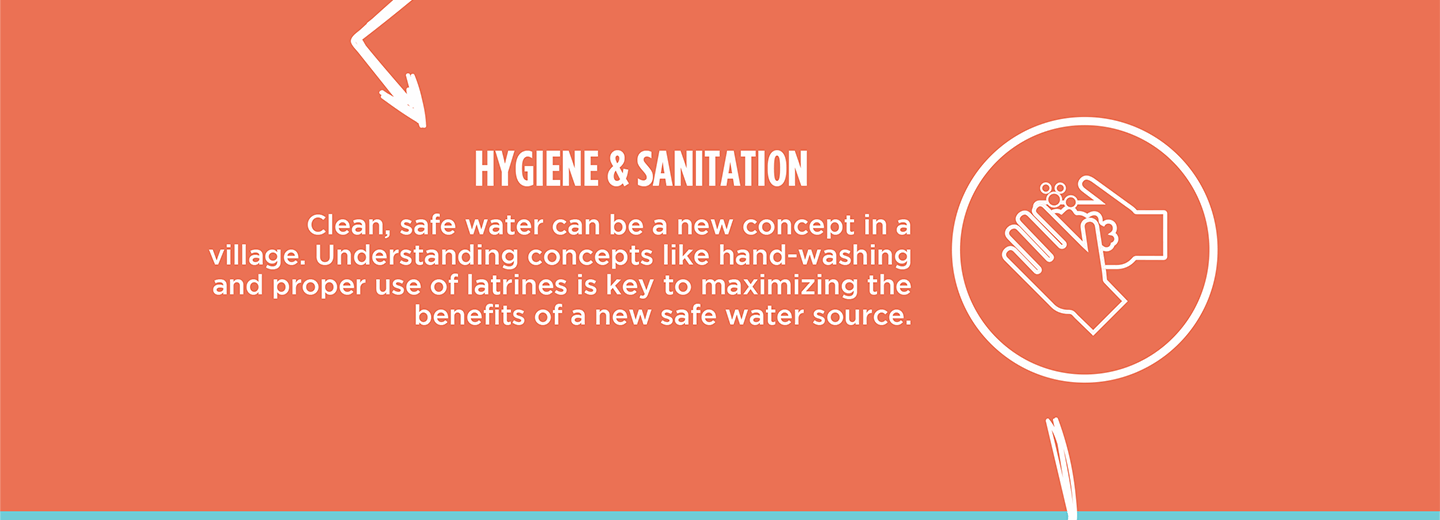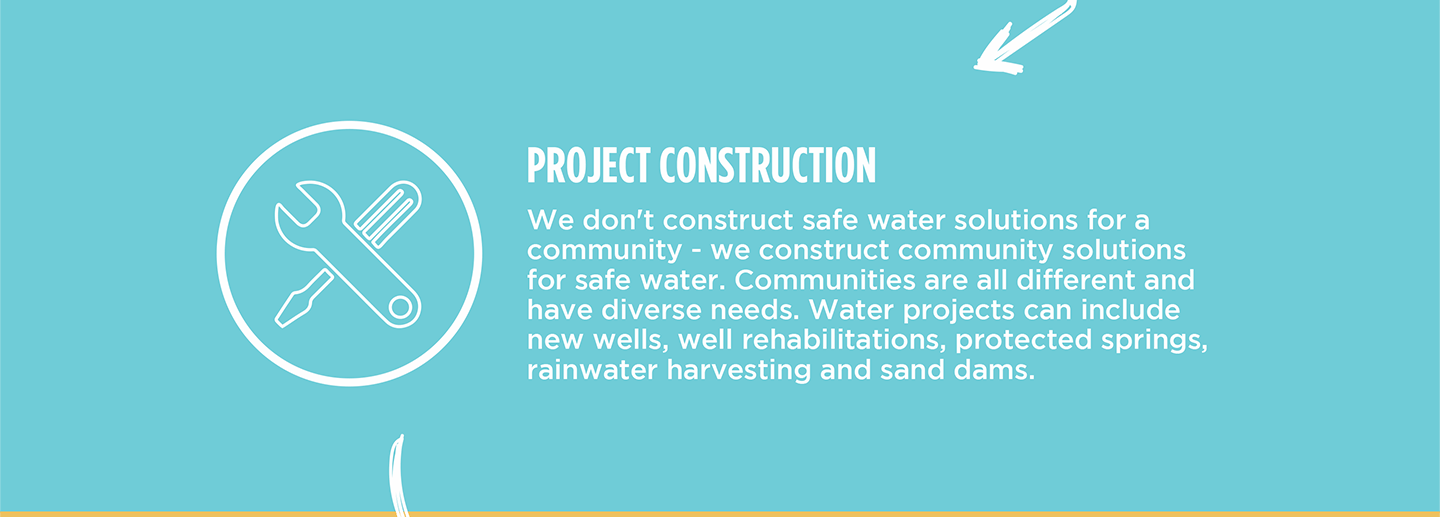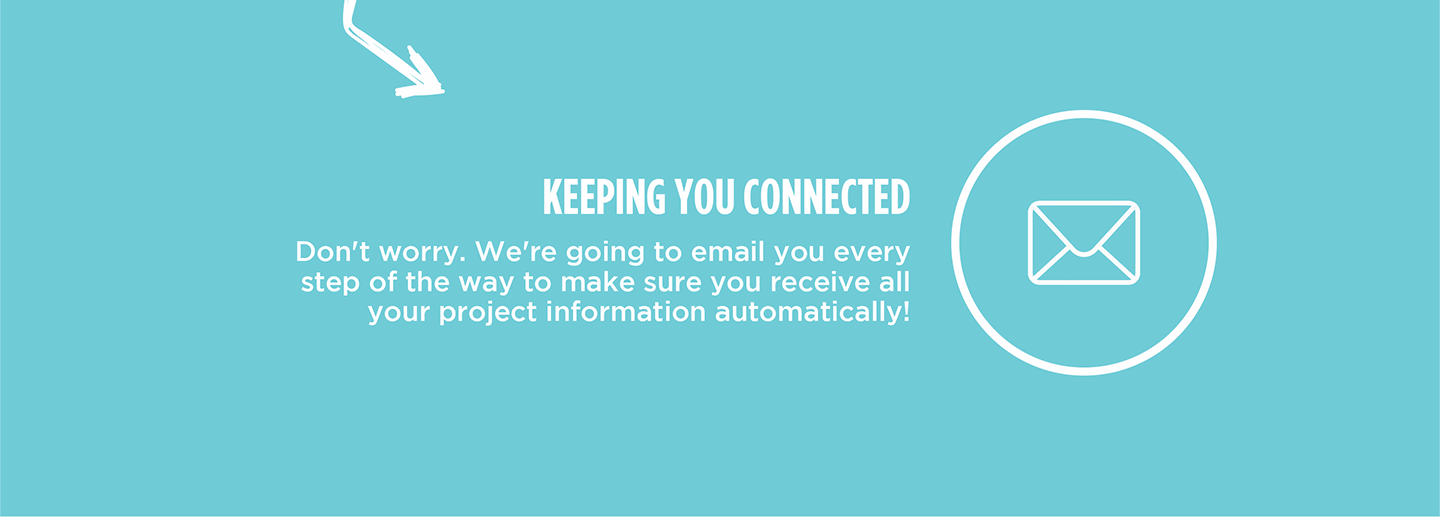The 1,500 people of Kaghui Community struggle to access sufficient water. They have access to a protected dug well that is far away, but it experiences extreme seasonality, leaving it dry for much of the year. Their only other option is a small earth dam, which, as you can see below, isn't fit for human consumption. It's been months since the Kaghui Community has had clean water.
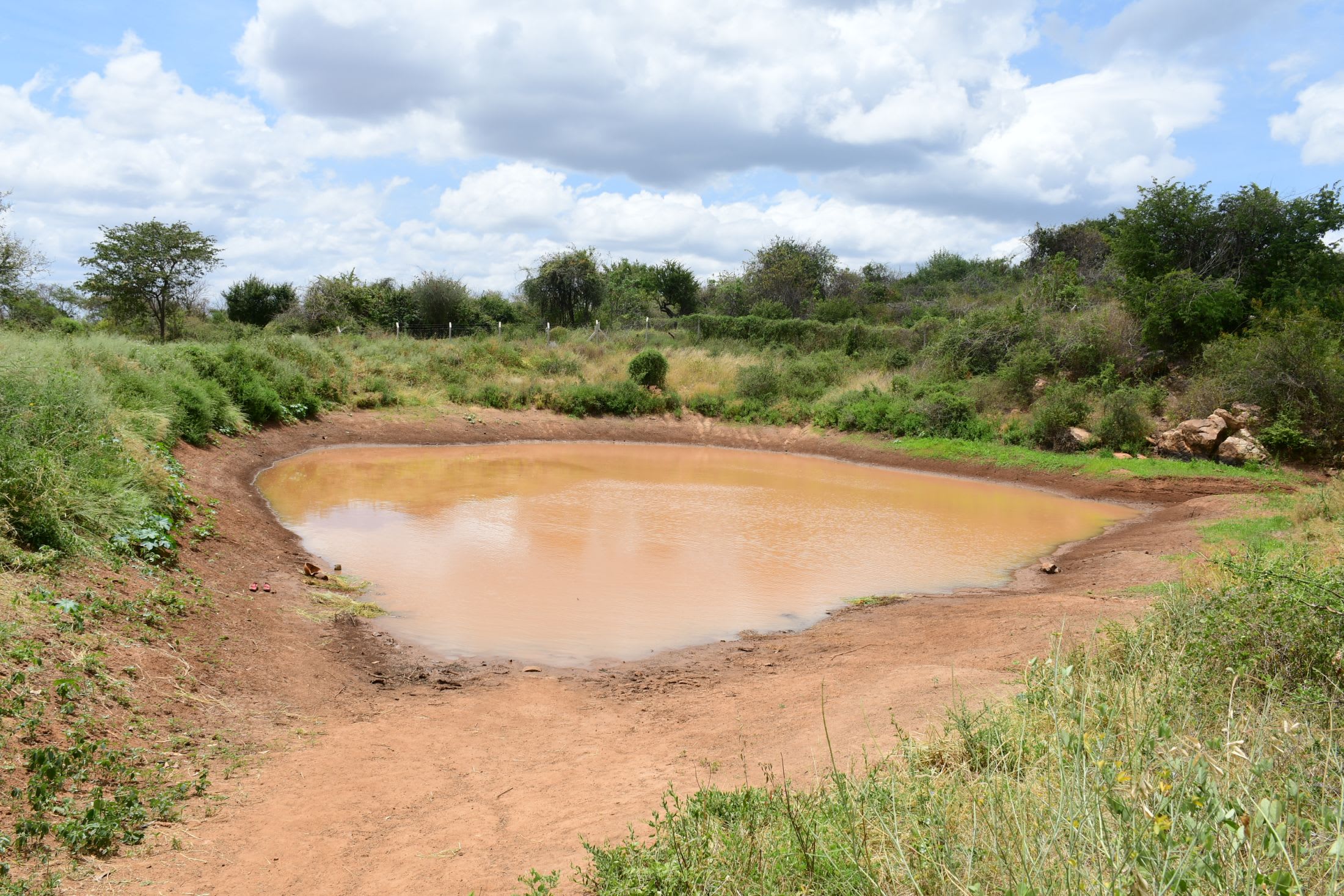
15-year-old Mwaniki, seen below, sacrifices his education and health daily. He shared his experience, "Getting stomachaches almost every week is a common occurrence in our area. I had diarrhea during the last holiday season, which forced me to be out [of] school. It was frustrating to go [to] the latrine every time, and [I] had to be taken to the dispensary for treatment."

59-year-old farmer James Nyamai (seen below) is familiar with the burden of being ill and his children getting sick. He said, "The water is unsafe for drinking because the color itself shows it's contaminated. I and my children have gotten sick several times after drinking this water, which really drains the little funds that I have."
"It can even take up to two hours waiting in line to fetch water during the peak drought periods (in July, August, and September). This is because as the water levels drop, more people from neighboring regions come to fetch water here at the earth dam or shallow well," said James.
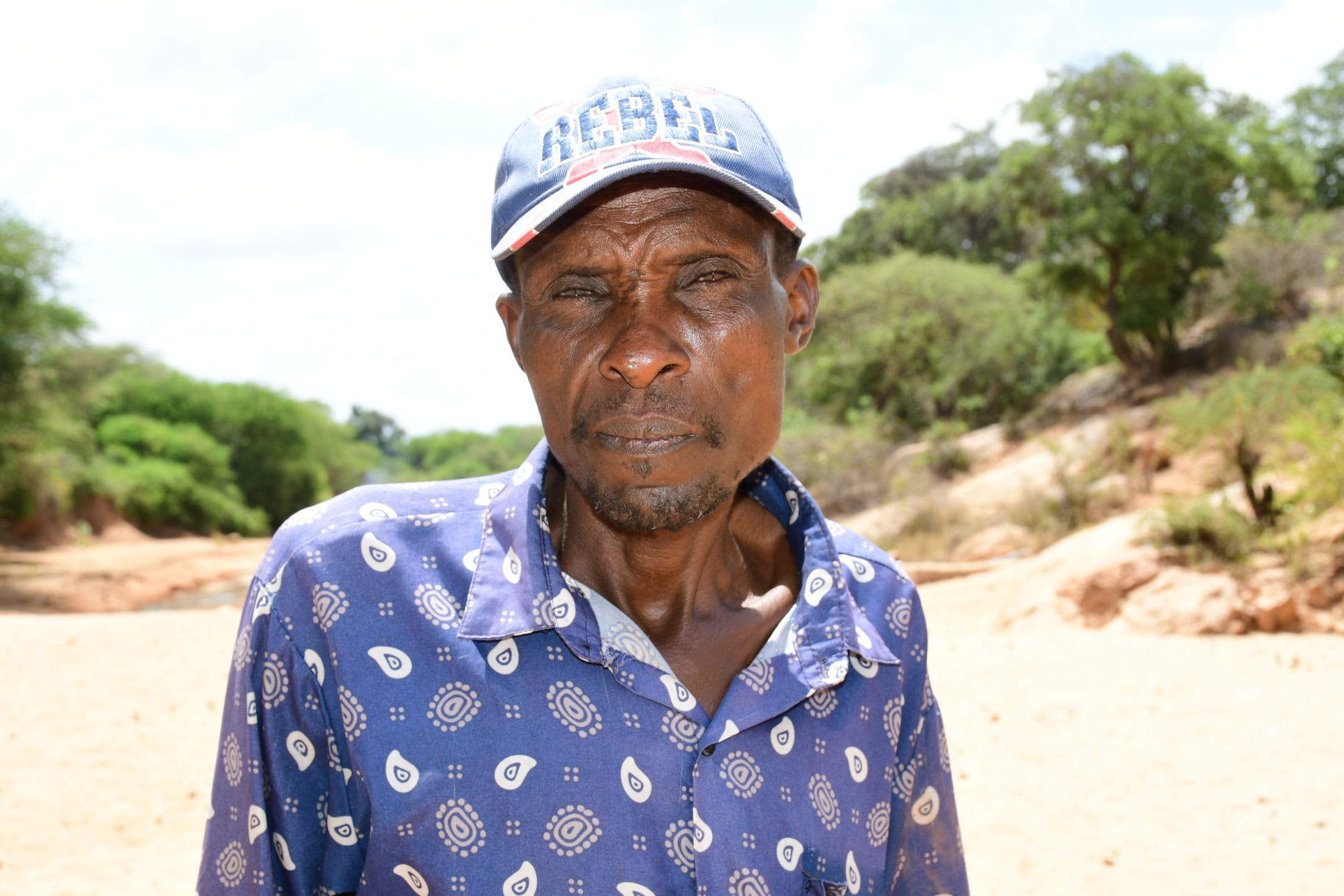
When James was asked about the importance of water for his livelihood, he said, "Water is very important for me because I need it for farming and for my goats and cows. If not [for] the few drought-resistant crops, the situation could be worse."
With water easily accessible, James would have more time to prepare his land, cultivate his drought-resistant crops, and take care of his goats and cattle.
Not only does the Kaghui Community risk their health by consuming the water they collect, but the journey to either water source is arduous. Many community members spend two hours on a single trip. Due to the length of the journey and the treacherous walk, they can't carry enough water to sustain them throughout the day, so they must make multiple trips if they are physically able.
"I have to walk for a kilometer, then cover the same distance when going back home. The terrain is also hilly when going back home, and our donkey sometimes won't go forward because of the exhaustion," shared Mwaniki.
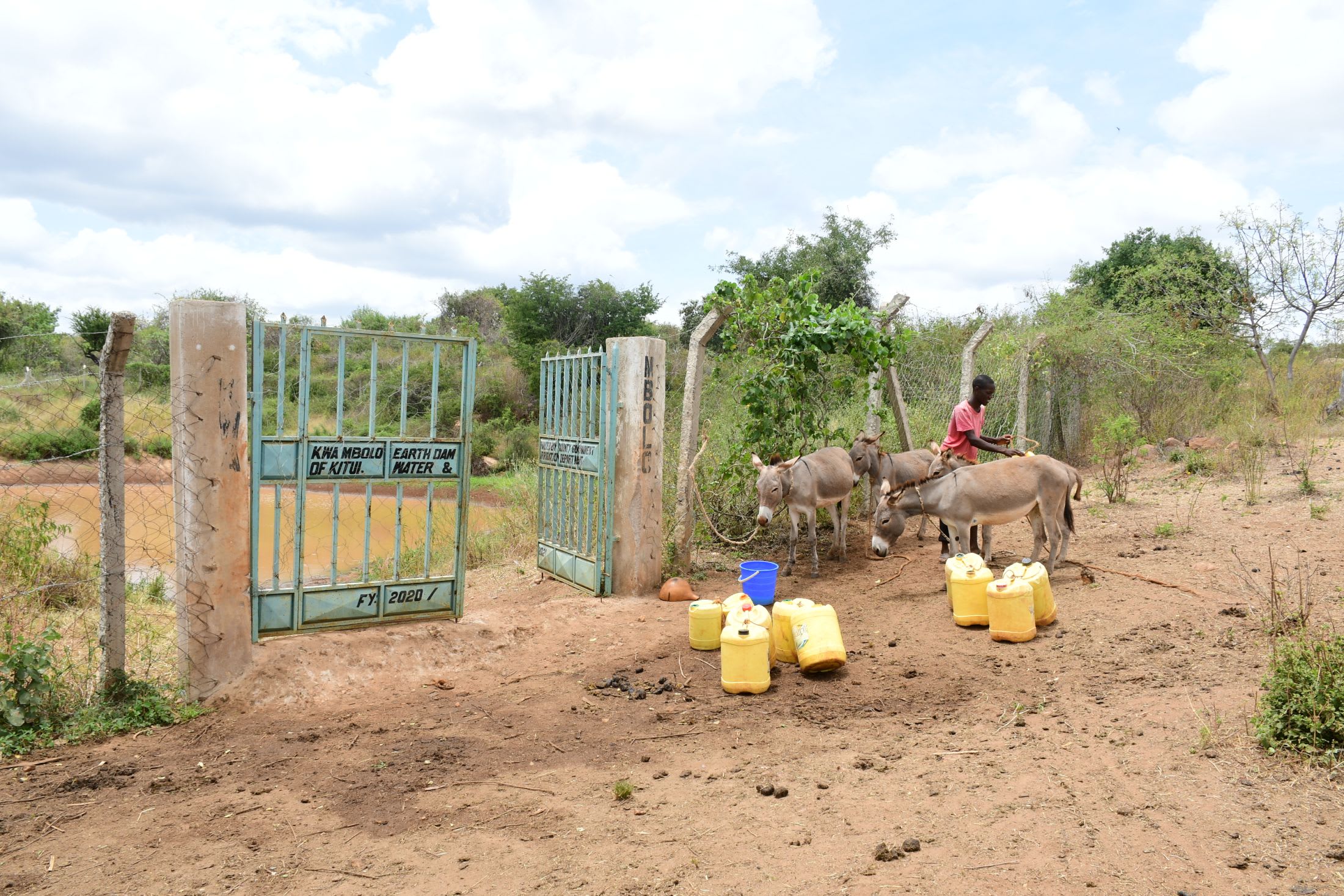
This community faces hardship related to water every day. Though they are resilient and have worked hard to improve water sources in the community, they still sacrifice their time, health, and livelihoods to collect water. Implementing a solar kiosk will allow them to consume clean water that will improve their health and allow them more time for their livelihoods and education.
Mwaniki dreams of being a mechanic because he loves cars, and with a clean water source, he has a better chance of fulfilling his dreams. Farmers like James will be able to better provide for their families and keep their children safe from water-related illnesses. With clean water, the entire Kahgui community can experience a brighter future.
The Proposed Solution, Determined Together...
At The Water Project, everyone has a part in conversations and solutions. We operate in transparency, believing it benefits all. We expect reliability from one another as well as our water solutions. Everyone involved makes this possible through hard work and dedication.
In a joint discovery process, community members determine their most advantageous water solution alongside our technical experts. Read more specifics about this solution on the What We're Building tab of this project page. Then, community members lend their support by collecting needed construction materials (sometimes for months ahead of time!), providing labor alongside our artisans, sheltering and feeding the builders, and supplying additional resources.
Solar Water Distribution
This solar water distribution project will be built adjacent to one of our completed sand dam projects, which supplies clean drinking water to multiple surrounding communities. Given that the water source is still kilometers away from the farthest households, the solar distribution project will bring clean water closer to families who need it.
Solar-powered water distribution projects use solar energy to pump water from sand dams to elevated locations within villages, enabling further water distribution and access within the communities. The water is pumped to storage tanks at an elevated platform and then connected to a water kiosk, where the water is collected from taps.
Training on Health, Hygiene & More
With the community’s input, we've identified topics where training will increase positive health outcomes at personal, household, and community levels. We’ll coordinate with them to find the best training date. Some examples of what we train communities on are:
- Improved hygiene, health, and sanitation habits
- Safe water handling, storage & treatment
- Disease prevention and proper handwashing
- Income-generation
- Community leadership, governance, & election of a water committee
- Operation and maintenance of the water point
Our main entry point into this community has been the local Self-Help Group, which comprises households working together to address water and food scarcity in their region. These members will be our hands and feet in constructing water projects and spreading the message of good hygiene and sanitation to everyone.
We typically work with self-help groups for 3 to 5 years on multiple water projects. We will conduct follow-up visits and refresher training during this period and remain in contact with the group after all of the projects are completed to support their efforts to improve sanitation and hygiene.
All of these components will work together to improve living standards here, which will help to unlock the potential for these community members to live better, healthier lives.
Water Access for Everyone
This water project is one piece in a large puzzle. In Kenya, Sierra Leone, and Uganda, we’re working toward complete coverage of reliable, maintained water sources that guarantee public access now and in the future within a 30-minute round trip for each community, household, school, and health center. One day, we hope to report that this has been achieved!
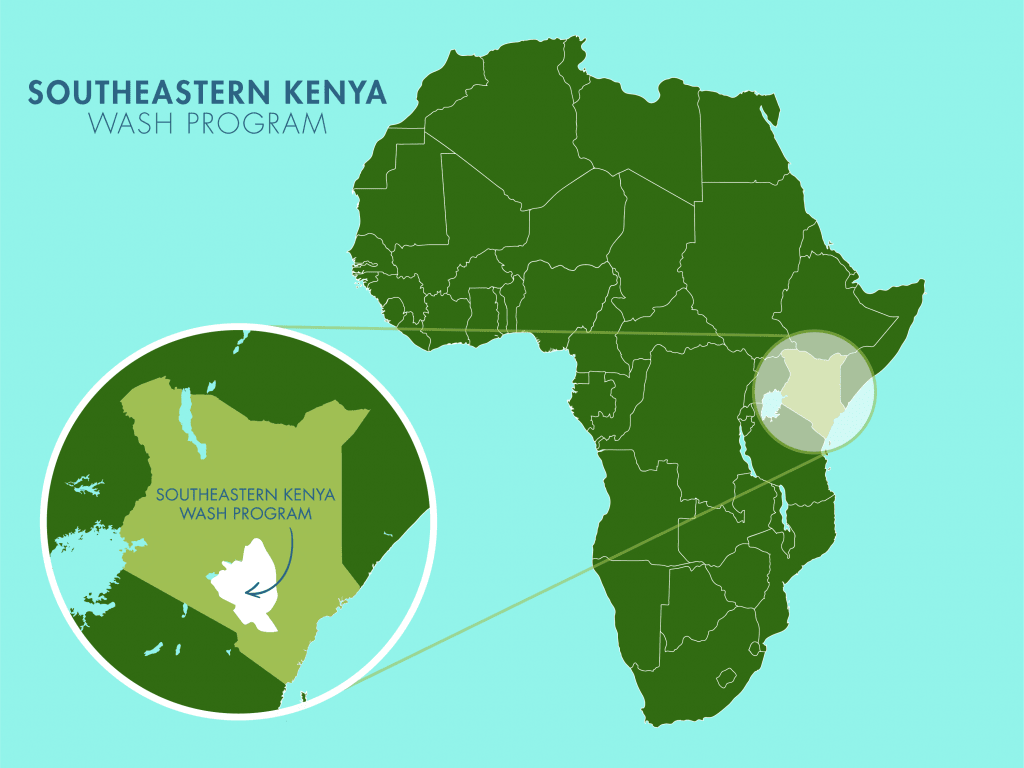
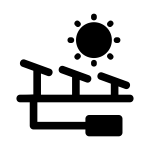 Solar Pump
Solar Pump
 Rehabilitation Project
Rehabilitation Project

